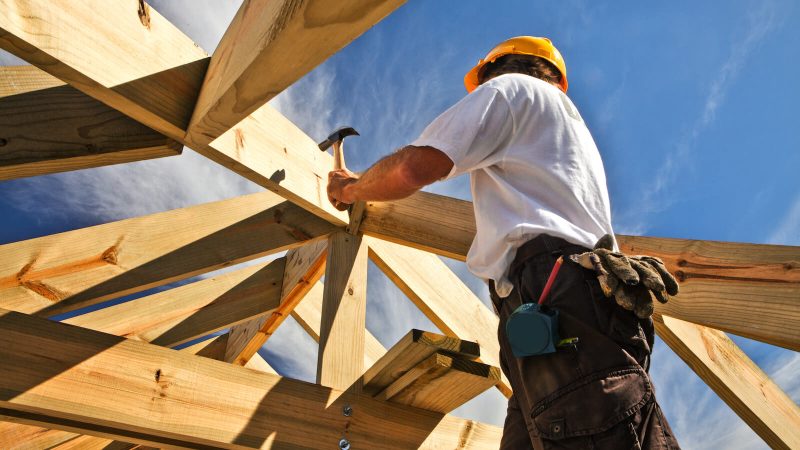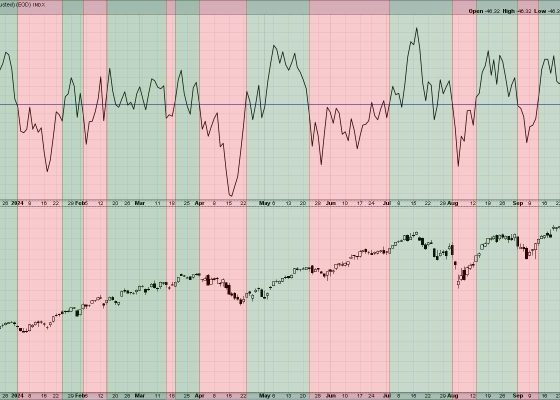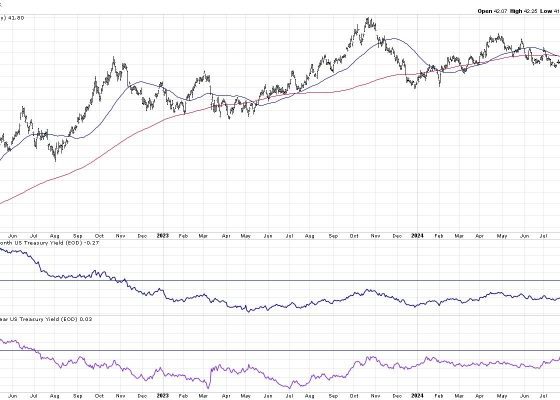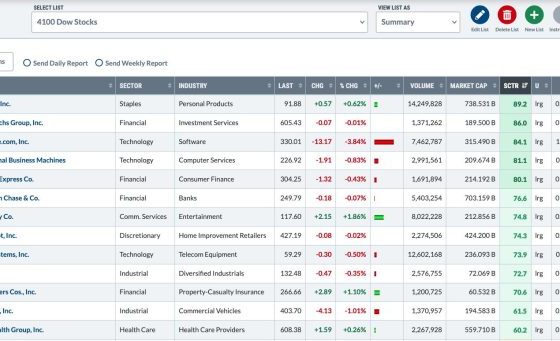As the dynamics of real estate shift, savvy investors and potential homeowners alike are increasingly keen on capturing the burgeoning trend in homebuilding. A rebound in homebuilding provides a multitude of opportunities for them, and the key lies in catching the trend early on.
Firstly, it’s essential to understand why homebuilding is rebounding. Factors such as low-interest rates, a growing appreciation for owning a more personalized lifestyle space shaped by the ongoing pandemic, migration from urban clutter to suburban expanses, and the resilience of the economy are contributing to this trend. Seasoned investors and potential homeowners are recognizing these indicators and making the appropriate moves, and so should you.
One noteworthy strategy to adopt early on is to track promising suburbs and under-the-radar neighborhoods. As migration from city centers to suburbs intensifies, these areas promise attractive potential for homebuilding growth. Upcoming infrastructure projects, accessibility to essential amenities, and overall quality of life can hint at the future popularity of these neighborhoods.
Secondly, keep track of emerging home design trends. The demand for new homes is heavily influenced by changing lifestyle choices. Features such as home offices, multipurpose rooms, open kitchen spaces, energy-efficient features, and high-speed internet facilities have become new normals in home design. Being aware of these trends early on will enable you to provide what the market wants, thereby giving an edge over competitors or securing yourself a delightful home that aligns with contemporary needs.
Another tactic involves staying updated with real estate and financial market indicators. Interest rates, housing starts, construction material costs, and discussions around zoning laws are some basic indicators that can signal impending shifts in the homebuilding landscape. Having key insights into these metrics could be pivotal in making timely investments or buying decisions.
The role of technology should not be overlooked either, as it becomes more deeply entrenched in the real estate sector. Identifying technology trends in homebuilding before they become mainstream provides a competitive advantage. These can range from construction techniques like 3D printing and modular construction to smart home technology features in new residential projects.
Engaging with real estate agents, brokers, and local authorities can also open up a wealth of contextual knowledge. They have the know-how of local markets, up-and-coming areas, policies around constructions, and potential challenges or advantages that might be overlooked otherwise.
Lastly, keep a close eye on the higher purpose of housing projects. More people are becoming aware of their ecological impact and the importance of sustainable living. Projects promoting green building, reducing carbon footprint, solar panels, or rainwater harvesting could potentially become hotspots for homebuilding in the future.
Catching a homebuilding rebound trend early on isn’t about seizing the moment in a frenzy but rather focusing on a holistic and informed approach. By monitoring suburbs, understanding evolving design trends, studying market conditions, leveraging technology, networking, and promoting sustainable practices, you can make the most of the homebuilding surge, whether you’re an investor or a prospective homeowner. It is all about analyzing the current dynamics, predicting future trends, and positioning oneself accordingly to take full advantage of the rebound.











